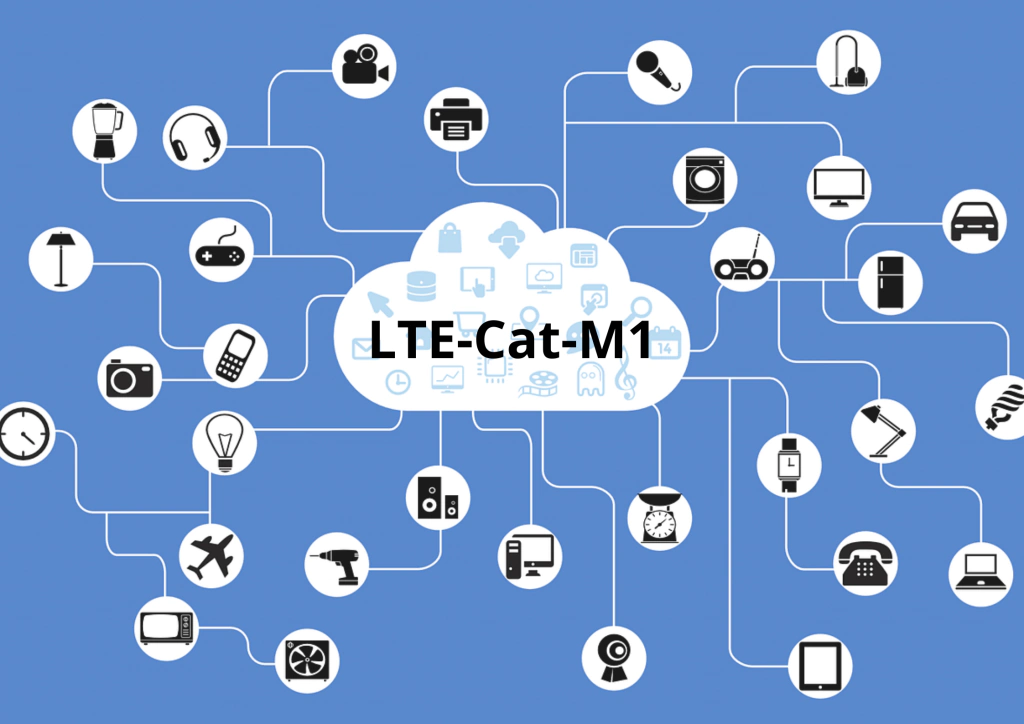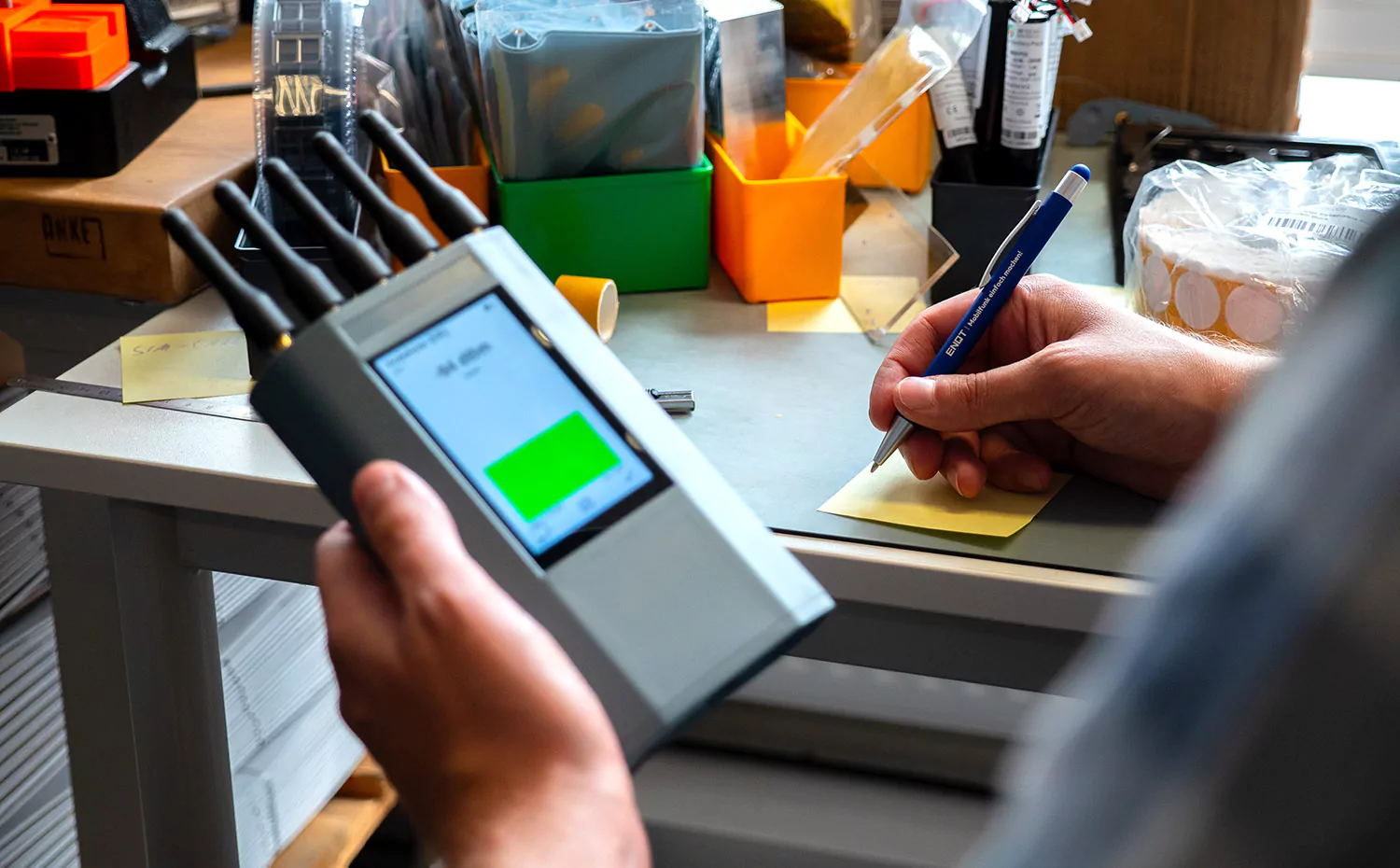LTE Cat. M1 is a long-term development engine derived from a third-generation LTE (4G) partnership project, or 3GPP. Other names for this complementary standard include LTE for Machines, Enhanced Machine-Type Communications (eMTC) or LTE-M Release 13.
How does LTE Cat. M1?
The mobile communications standard LTE Cat. M1 can be used as a supplement within an existing LTE mobile communications network. Depending on the use case, it can exploit one of its advantages once it has been implemented. The important advantages include:
– Operation and use in existing networks
– Requires low device complexity
– Provides higher network coverage
– Extends battery life to ten years or longer
The LTE-Cat-M1 network can be operated with an existing 1.08 MHz carrier with six channels of 180 kHz channel width each. The limited channel width allows a maximum data rate of 1 Mbit/s. With a stand-alone LTE deployment, operation with a bandwidth of 1.4 MHz is possible. To maintain the higher range of Internet of Things applications, eMTC also offers a power transmission balance of an additional 15 dB. This enables a seven-fold increase in LTE network coverage.
Mobile devices can be more tightly integrated into the respective mobile network with the help of eMTC. For example, voice transmission and roaming are available to users as in a normal LTE network. All that is needed for a mobile network to use LTE-Cat-M1 is a software update. Implementation is therefore relatively simple.
Application examples of LTE Cat. M1
LTE-M’s features and benefits make it suitable for a wide range of applications. Vehicles can be tracked. Container and equipment systems can also be tracked and controlled over long distances using this technology. Theft or damage triggers a security alarm. Voice transmissions over emergency systems or an alert in the medical field are enabled. A newborn’s heartbeat and vital signs can be monitored with a wearable.
Meanwhile, LTE-M networks are supported by the most important producers of mobile devices or module and chipset manufacturers. In return, manufacturers benefit from the data protection and security functions of the mobile networks.



